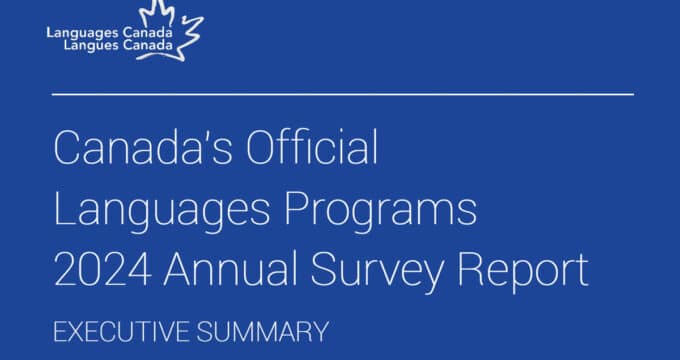US community colleges well placed to help build undergraduate enrolments
Nearly half of all US university students begin their studies at a community college, and for nearly 90,000 currently enrolled international students the path to an American university degree has also begun in a relatively supportive and affordable community college setting. Along with the preparatory English language training that is so key to the success of international students pursuing a university degree, US community colleges offer two broad types of programmes: (1) one- and two-year vocational and technical certificates or diplomas and (2) two-year associate degrees in a range of academic subjects. For students pursuing an academic degree, the community college model represents a type of "2+2" option within US higher education. After completing the first two years of degree study at a community college, students may transfer to a university to complete the balance of their degree requirements. In such cases, the student earns both an associate degree from the community college and a bachelor's degree from the university. The top five associate degrees earned by international students at US community colleges are Liberal Arts, Health Sciences, Business, Engineering Sciences, and Protective Services. The college-to-university transfer process is facilitated by a variety of structured pathways between institutions in the US, including the following:
- Dual admission: the student is admitted to both the community college and the transfer university before commencing their studies
- Articulation agreements: guaranteed transfer credits between institutions
- Guaranteed admission: students have an admission to the transfer university provided they complete the associate degree requirements to a specified academic standard
According to the American Association of Community Colleges (AACC), there are 1,132 community colleges across the US with a combined enrolment of 8 million students.
Of those, roughly 88,000 - or a little more than 1% - are international students.
The total international enrolment in two-year colleges in the US has fallen slightly over the past few years. However, given the increasing interest among US educators in expanding international enrolment at the undergraduate level, it seems clear that community colleges have an important role to play and that they are taking steps to build their capacity to attract international students.
Advantages of US community colleges
To begin, US community colleges have a substantial cost advantage. Average annual tuition is US $6,500 – roughly half that of a four-year public university in America. Community colleges are also characterised by a more student-focused environment with small class sizes and a strong commitment to teaching and learning. That lends itself to a more supportive campus community for international students, especially younger students that are either making a first trip away from their home countries or building their English skills in preparation for degree studies in the US. On that note, community colleges frequently offer more flexible English proficiency requirements than traditional 4-year institutions, making these schools a smooth pathway for foreign students. In addition, a period of OPT (optional practical training) can often be part of the curriculum in a student's second year, giving them a chance to work abroad and gain practical work experience in their field of study. More recently, there are indications that US community colleges are also expanding their support services for international students. Two-year colleges in the US have not always featured on-campus dormitories, but now more than a quarter of American colleges offer dormitory housing options in addition to a mix of homestay programmes and near-campus apartment housing. Ross Jennings, associate vice president of international programmes for Washington State's Green River Community College was recently quoted in a US News report:
"Community colleges are starting to identify on-campus or close-by housing as an important marketing advantage for recruiting international students."
Jennings also noted, "Many more rural community colleges have had housing for many years, either on-campus provided by the colleges themselves, or nearby, provided by private owners." Another recent item in Community College Week picks up the theme:
"The pulse of community college life is undergoing significant change as more campuses build and open residence halls, transforming commuter colleges into 24-7 operations, with students living on campus. The trend is particularly apparent in New York, where half of the state’s community colleges feature residence halls. Several other State University of New York community colleges are considering dorms as competition for students intensifies."
Speaking to Community College Week, Florida Keys Community College President Jonathan Gueverra adds:
“From a general perspective, I think that community colleges should have residence halls. If you look at the top liberal arts colleges, they all have their students 24-7. There are so many things that you can do to get them to that place where you want them to go, which is graduation. The dorm is part of academic life.”
In fact, it increasingly looks like community colleges figure to be ever more a part of academic life in America, for domestic and international students alike. The atrium in the newly completed Conklin Hall, a 465-bed dormitory on the campus of Dutchess Community College in Poughkeepsie, New York, USA


















